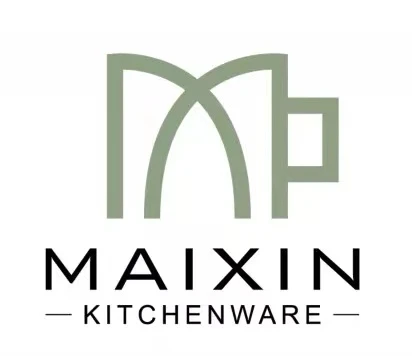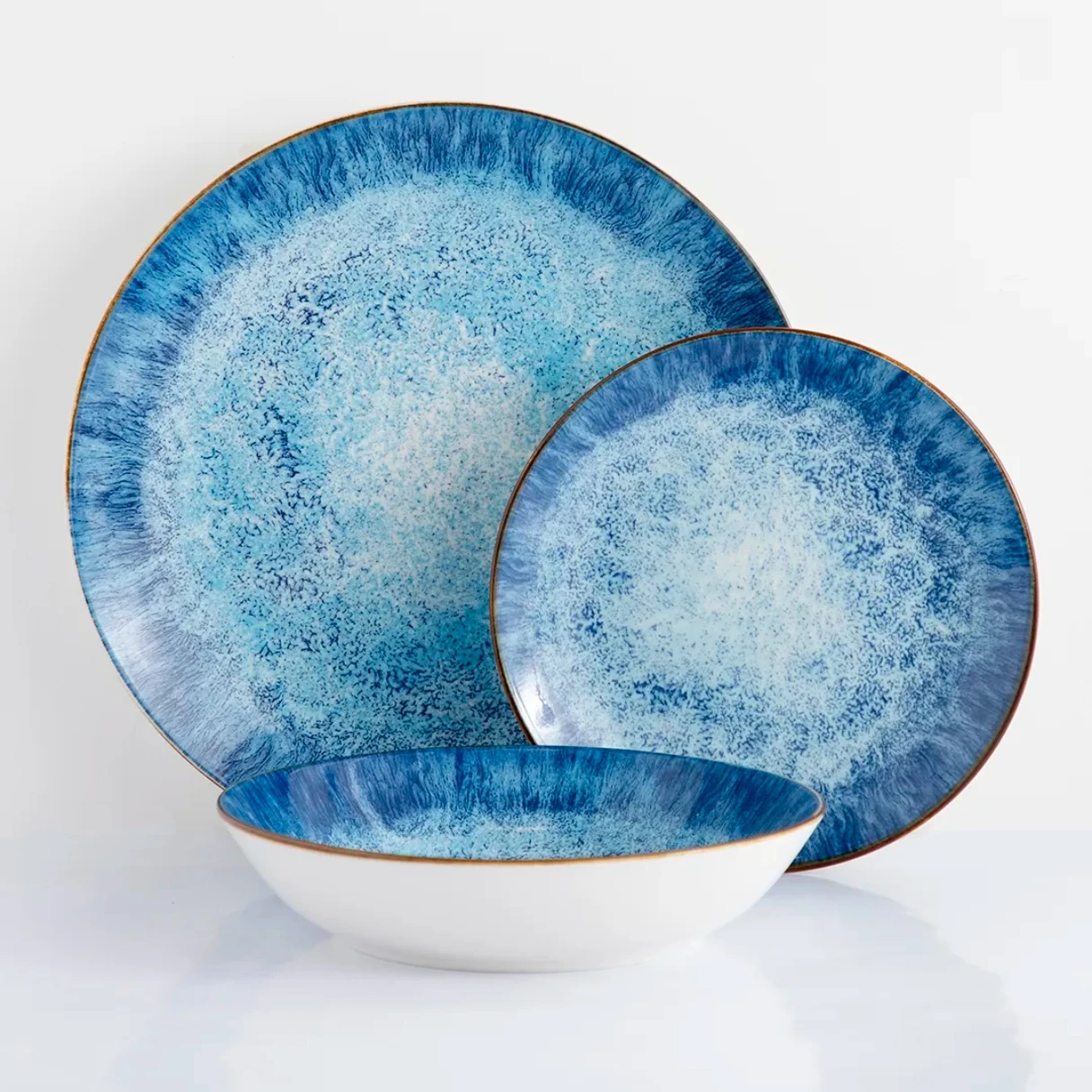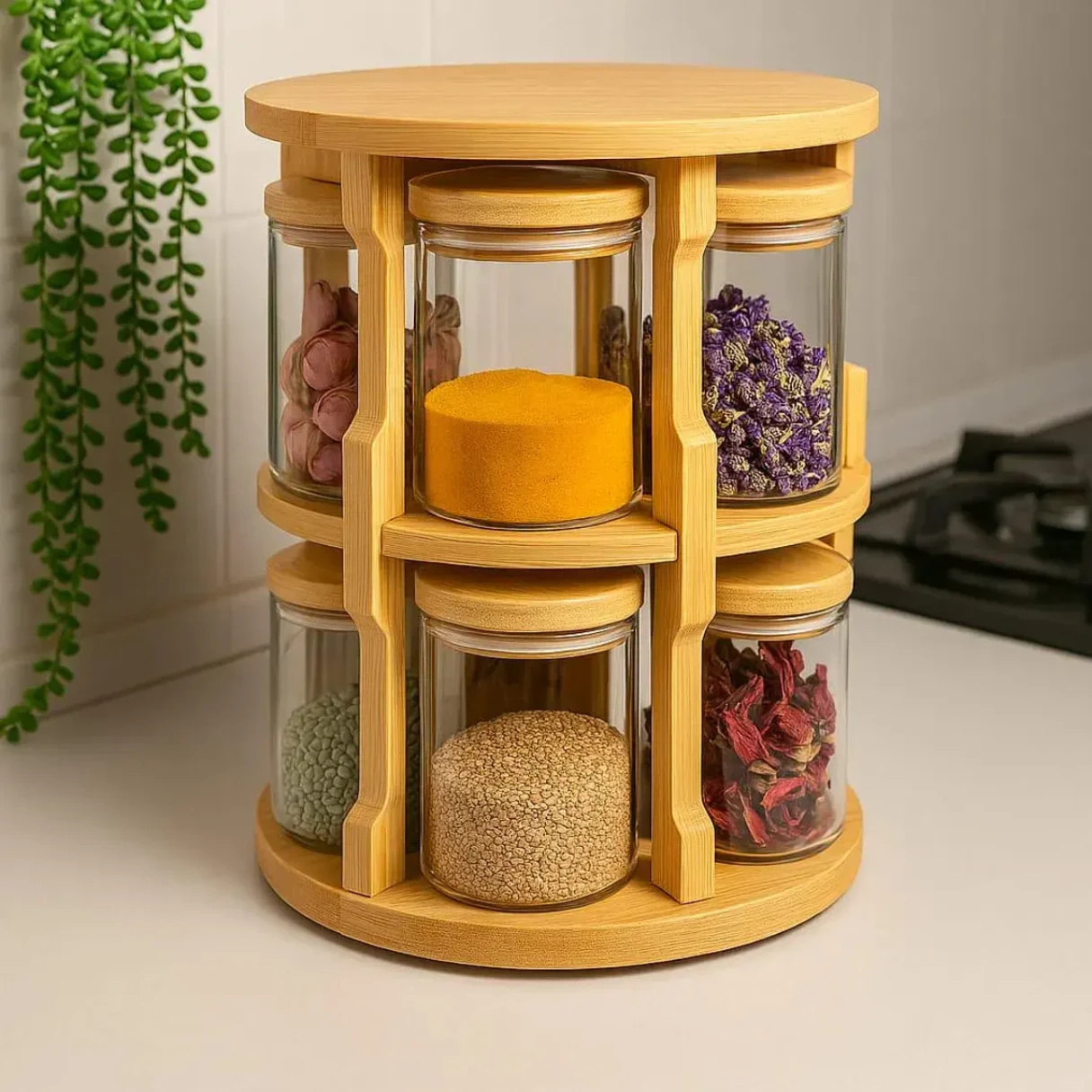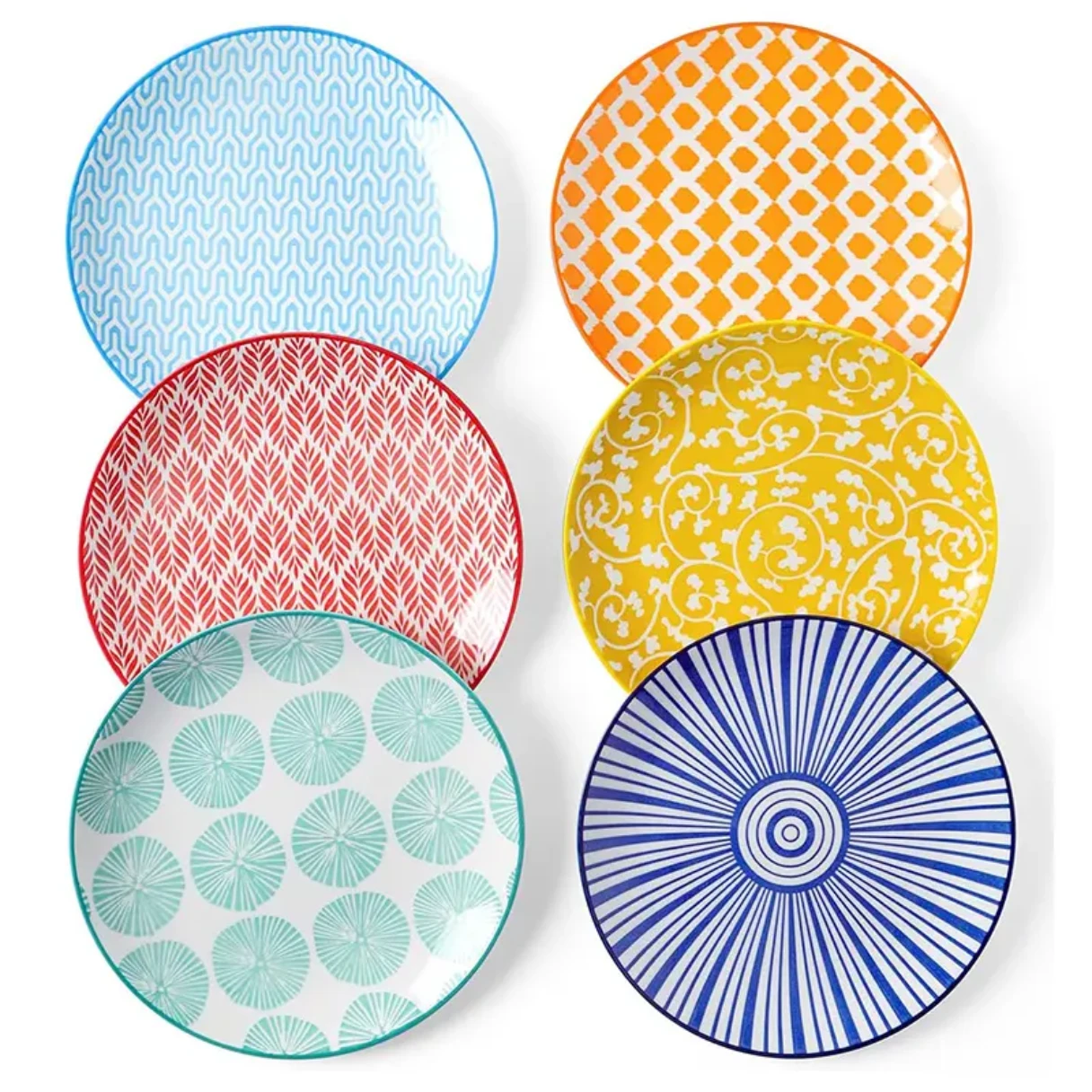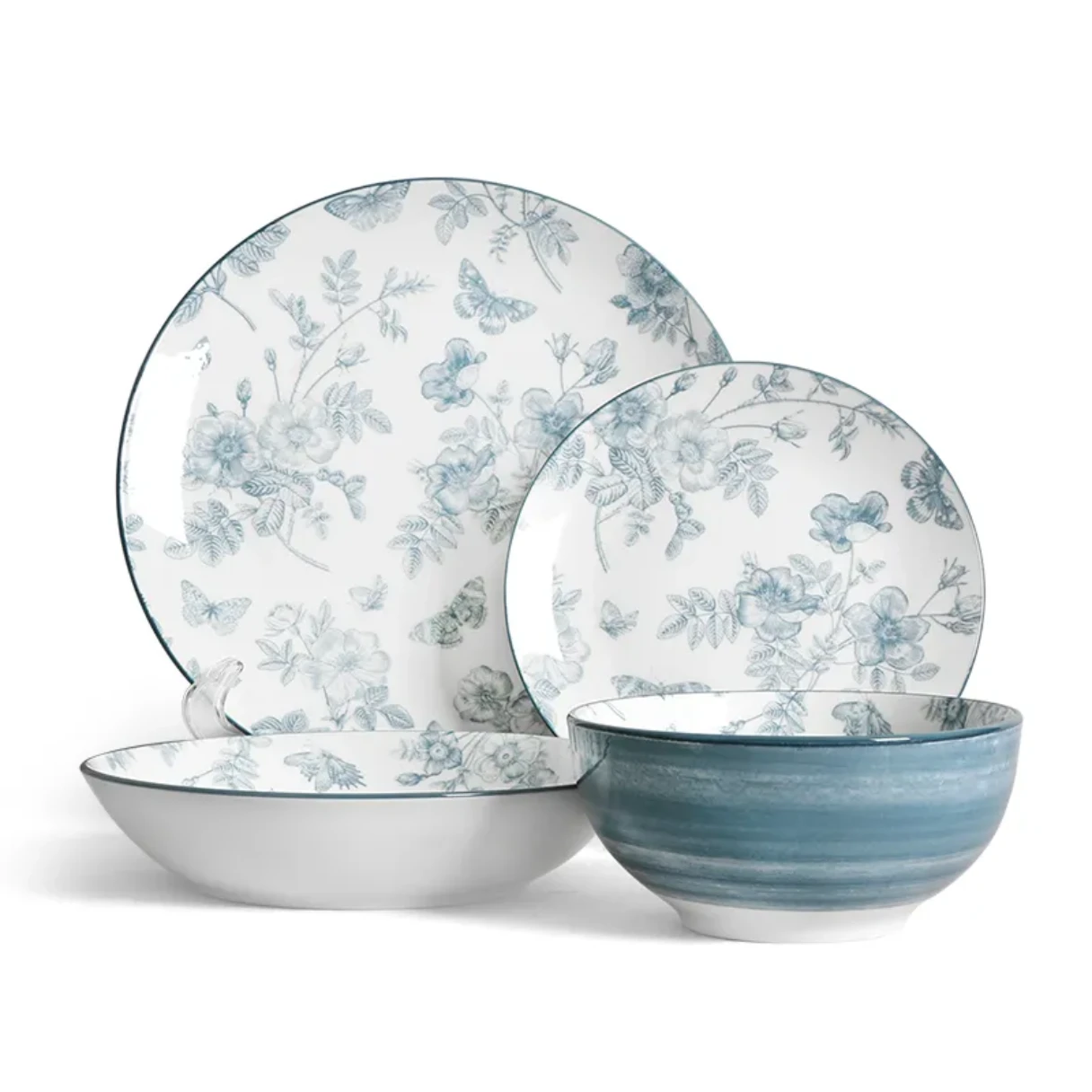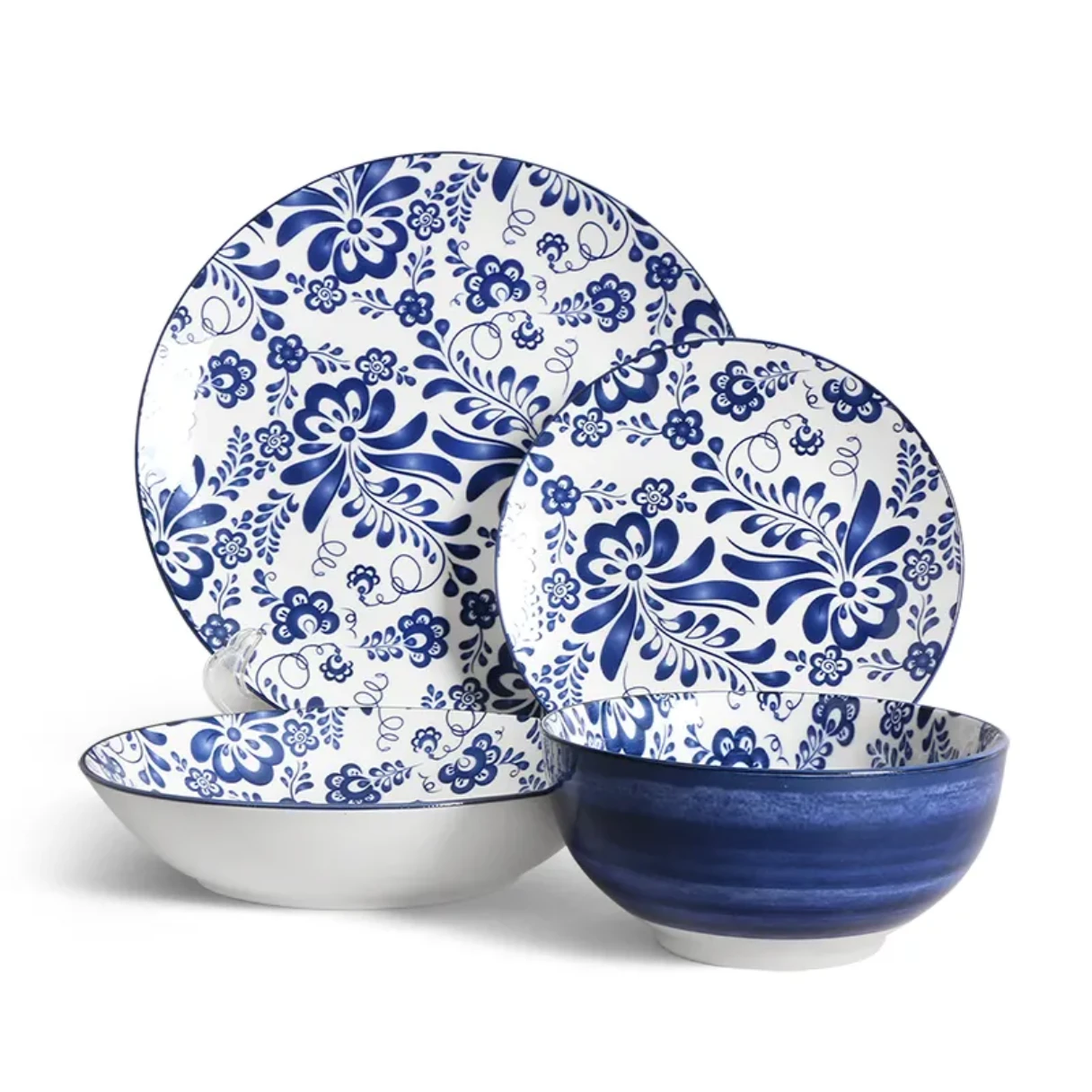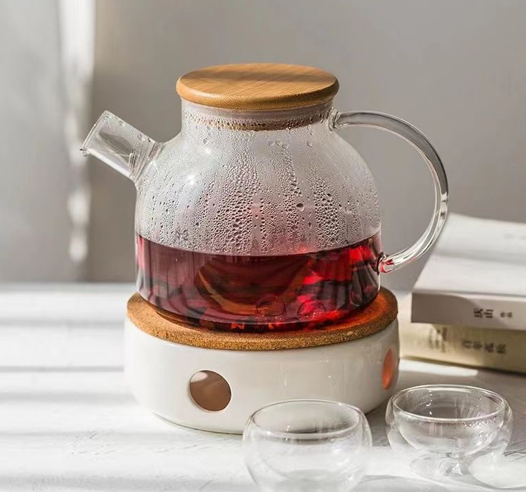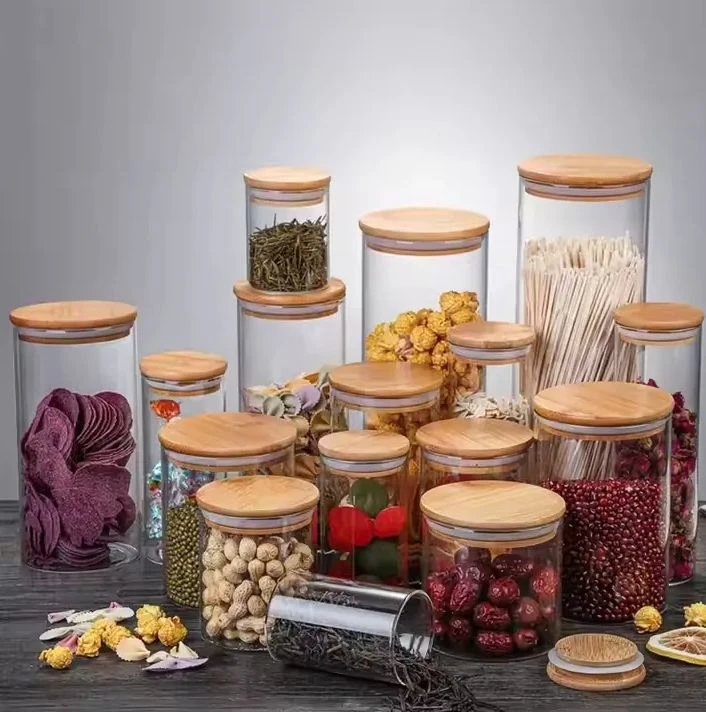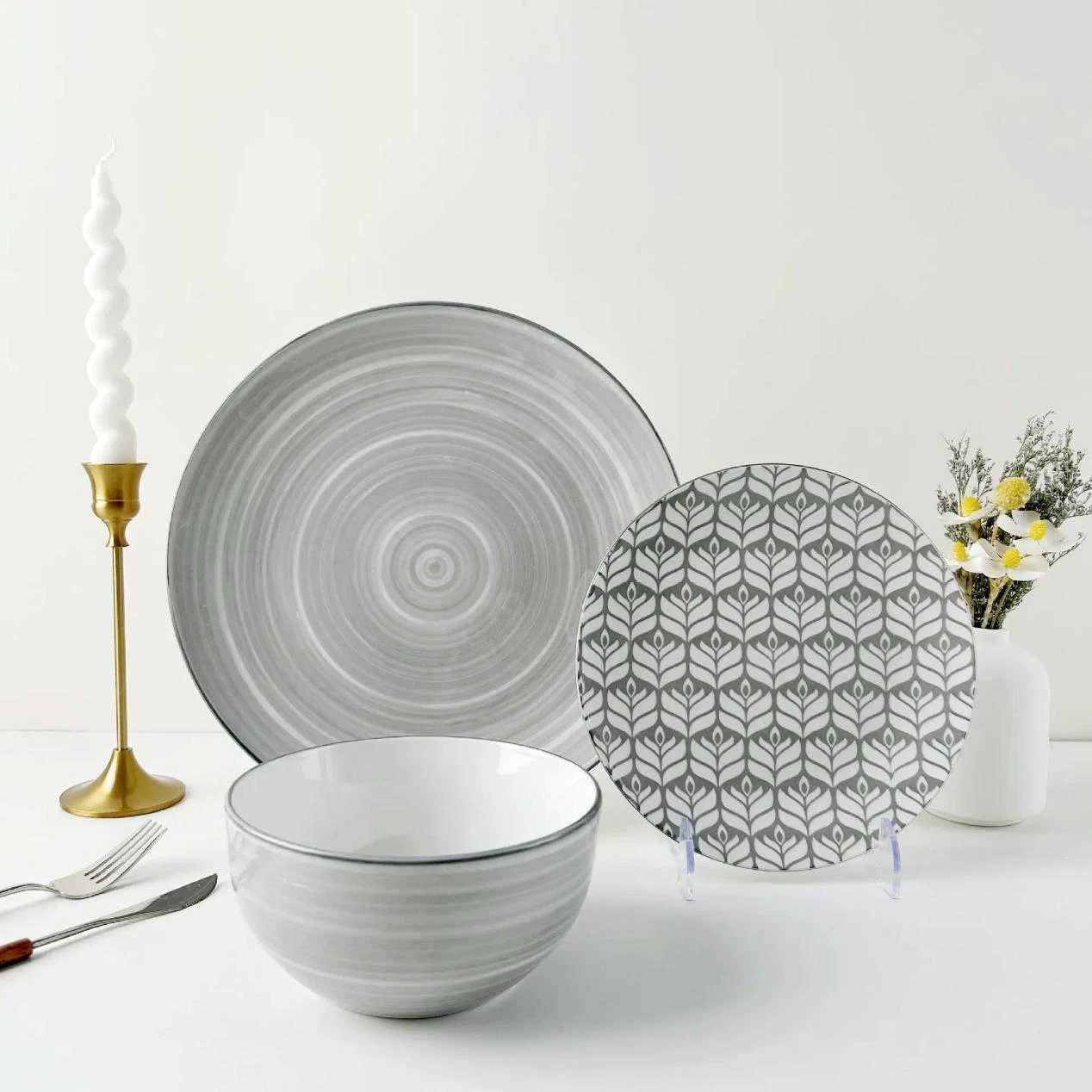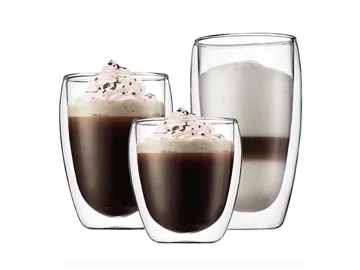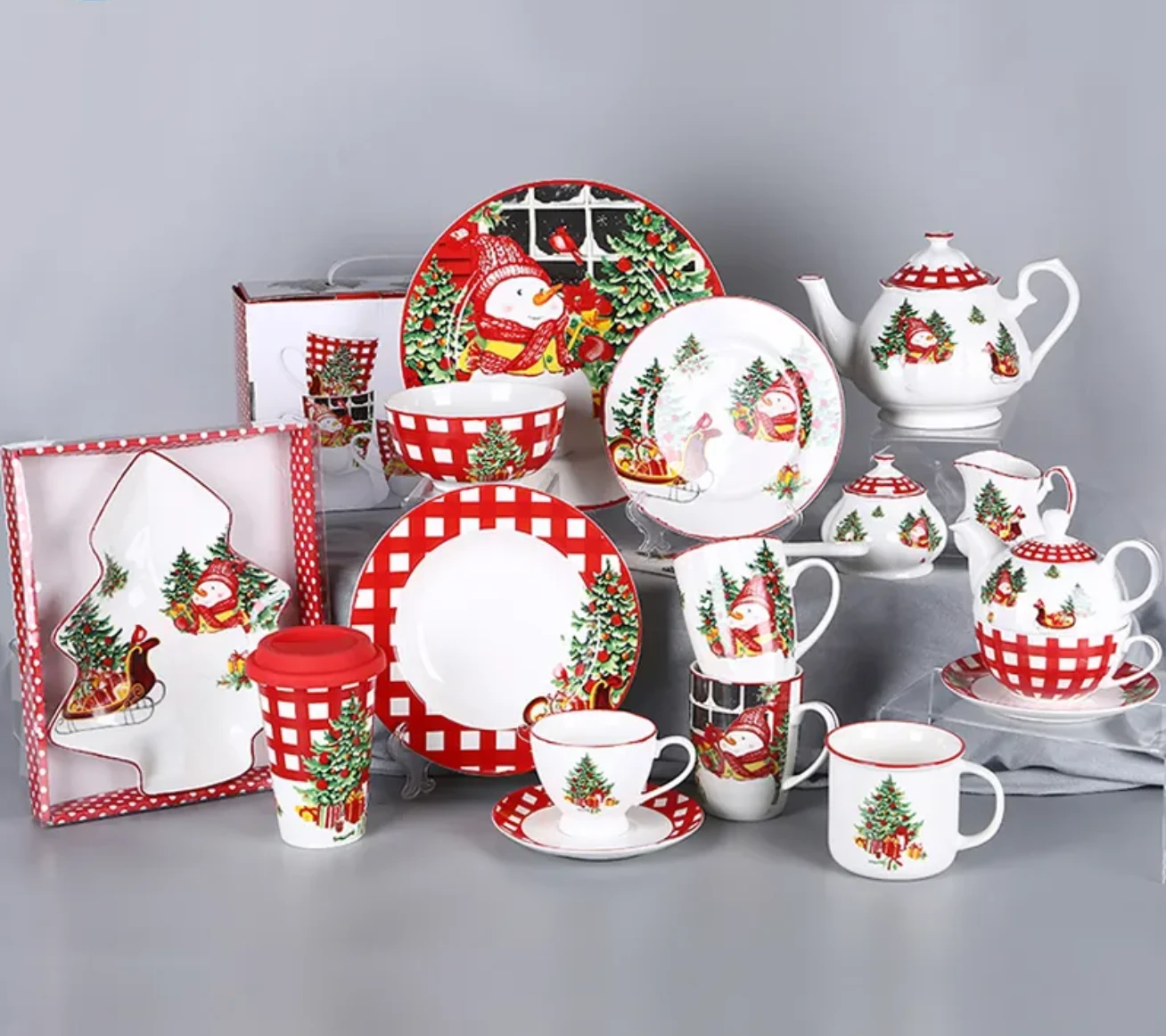The Enduring Excellence of Borosilicate Glassware in Modern Applications
In an era prioritizing durability, chemical inertness, and thermal resilience, borosilicate glassware stands as a cornerstone material across diverse industries. Unlike traditional soda-lime glass, borosilicate glass is engineered with a unique chemical composition that includes boron trioxide, significantly lowering its coefficient of thermal expansion. This inherent property makes it exceptionally resistant to thermal shock, allowing it to withstand extreme temperature fluctuations without cracking. This characteristic is not merely a convenience for everyday items like a borosilicate glass mug or borosilicate glass cups; it is a critical safety and performance feature in demanding laboratory, industrial, and specialized culinary environments. The market trend indicates a consistent upward trajectory for borosilicate products, driven by their superior performance and increasing consumer awareness regarding healthier, more sustainable material choices for food and beverage contact.
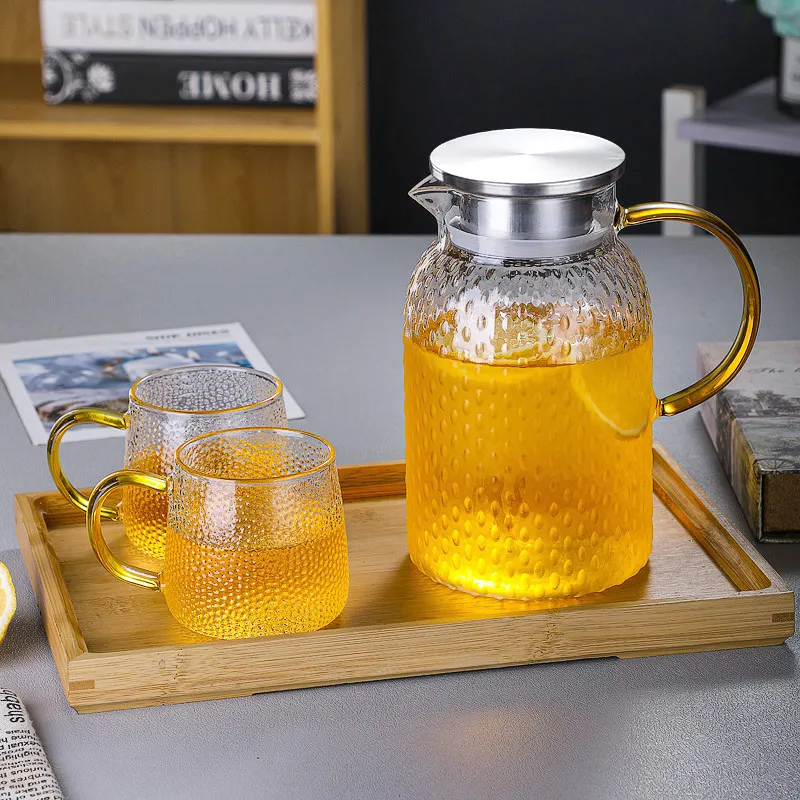
Technical Superiority and Manufacturing Precision
Understanding High Borosilicate Glass Properties
The distinct advantages of high borosilicate glass stem directly from its chemical makeup. With a typical boron content ranging from 8% to 15%, it exhibits a low coefficient of thermal expansion (CTE), typically around 3.3 × 10-6 /°C. This means it expands and contracts minimally when subjected to rapid temperature changes, greatly reducing the risk of fracture. Beyond thermal resilience, its chemical inertness is paramount, making it highly resistant to acids, alkalis, and organic solvents. This property ensures that the glass does not leach harmful substances into its contents, making it ideal for laboratory apparatus, pharmaceutical container111s, and food-grade kitchenware. Furthermore, its high clarity and resistance to staining ensure aesthetic appeal and functional integrity over prolonged use, positioning borosilicate glassware as a premium choice for applications demanding both performance and purity.
Precision Manufacturing Process Explained
The manufacturing of quality borosilicate glassware is a sophisticated process that begins with precise raw material mixing (silica sand, boric oxide, soda ash, and alumina). This mixture is then melted at extremely high temperatures, typically above 1500°C, in a controlled furnace. Once molten, the glass can be shaped through various techniques:
- Glass Blowing: For intricate shapes like laboratory flasks or custom pitchers, skilled artisans or automated machinery blow air into the molten glass to expand it into a mold.
- Pressing: For items with thicker walls or specific shapes, molten glass is pressed into molds using mechanical force.
- Tubing Drawing: For uniform tubes used in scientific instruments or industrial pipelines, molten glass is drawn through a die.
- Fusion & Sealing: For multi-component assemblies, precise heating and manipulation are used to fuse different glass parts together, ensuring airtight and robust connections.
Following shaping, the products undergo an essential annealing process, where they are slowly cooled in a controlled environment to relieve internal stresses, thereby increasing their durability and reducing susceptibility to breakage. Strict quality control measures, including dimensional checks, thermal shock tests, and chemical resistance evaluations, are conducted in accordance with international standards such as ISO 3585 and ASTM E438. These stringent tests ensure that each piece of borosilicate glassware meets the highest performance and safety criteria, guaranteeing a long service life and reliability in both consumer and industrial applications, making it a sustainable and cost-effective solution.
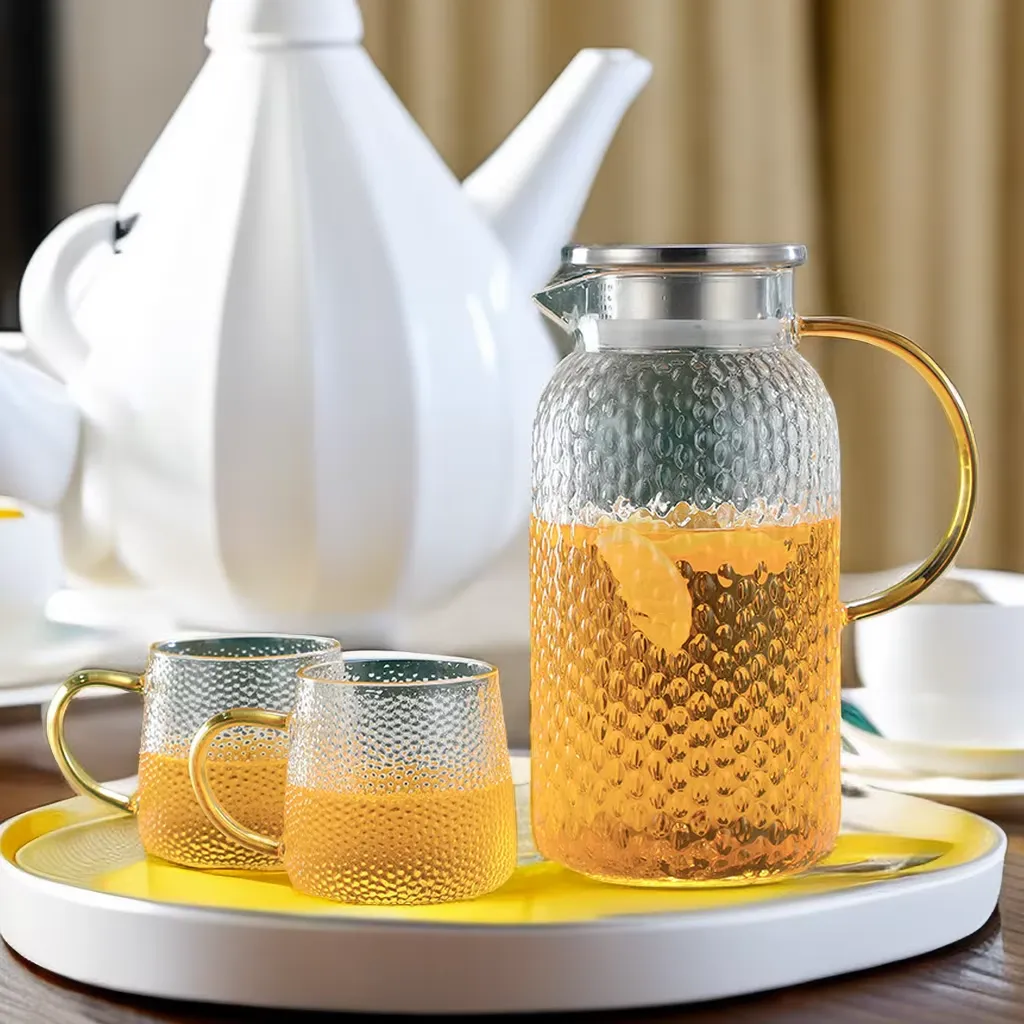
Diverse Applications and Industrial Advantages
The versatility of high borosilicate glass extends its utility far beyond the domestic kitchen. In industrial sectors, its exceptional thermal and chemical resistance makes it indispensable. For instance, in petrochemical and pharmaceutical industries, borosilicate glass is integral to sight flow indicators, heat exchangers, and distillation apparatus, where resistance to corrosive chemicals and high temperatures is critical for operational safety and efficiency. Its non-porous surface also prevents material absorption, making it suitable for high-purity applications, reducing contamination risks. In the renewable energy sector, it serves as the primary material for solar collector tubes due to its transparency and ability to withstand high temperatures and UV radiation. Even in water treatment and environmental monitoring, specialized borosilicate glassware components are utilized for their inertness and clarity, ensuring precise measurement and long-term reliability. These industrial applications underscore the material's robust engineering capabilities and its role in enhancing operational integrity and sustainability, often leading to significant energy savings through improved process efficiency and reduced maintenance needs.
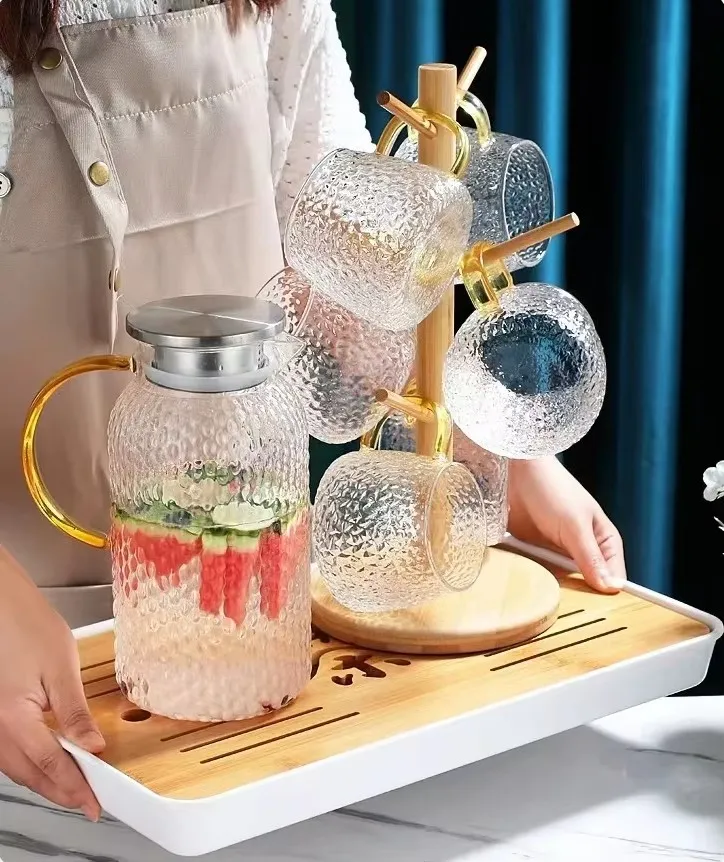
Product Focus: Rice Grain Pattern High Borosilicate Glass Water Pitcher
A prime example of functional elegance meeting superior material science is the Rice Grain Pattern High Borosilicate Glass Water Pitcher. This product exemplifies how borosilicate glassware translates industrial-grade properties into a daily utility item. Designed to withstand rapid temperature changes, from boiling water for tea to chilling beverages in the refrigerator, this pitcher offers unparalleled versatility and safety. Its rice grain pattern adds a sophisticated aesthetic, making it suitable for both casual home use and professional hospitality settings. The non-reactive surface ensures that beverages retain their pure taste without any metallic or plastic aftertaste. Furthermore, its smooth, non-porous surface makes it exceptionally easy to clean and resistant to stains and odors, promoting hygiene and prolonging the product's pristine condition. This specific product, like other premium borosilicate glass cups or a borosilicate glass mug, embodies the blend of aesthetic design with the pragmatic benefits of advanced glass technology, providing a durable and healthy alternative for beverage service.
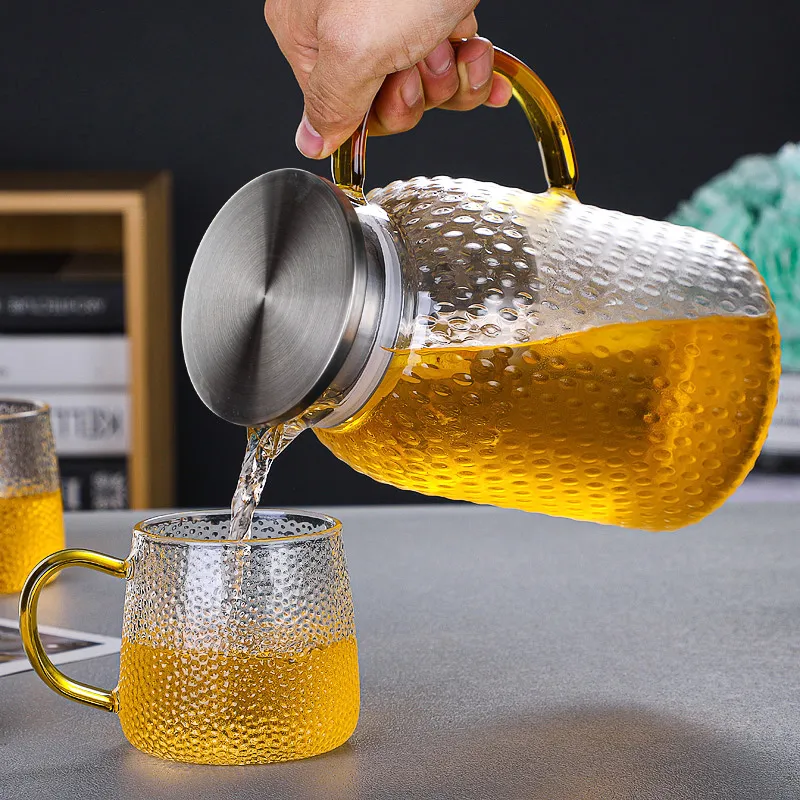
Key Technical Parameters and Industry Standards
For B2B buyers and technical professionals, understanding the precise specifications of borosilicate glassware is crucial for ensuring compatibility and optimal performance in specific applications. The following table provides a summary of common parameters and the relevant international standards that govern their quality and safety, reinforcing the authoritative backing behind reliable borosilicate products. Adherence to these standards, such as ISO, ASTM, and FDA for food contact materials, confirms the product's suitability for various demanding environments, from laboratories requiring chemical inertness to kitchens demanding thermal shock resistance for a borosilicate glass mug.
| Parameter | Typical Value (High Borosilicate Glass 3.3) | Relevant Standard/Description |
|---|---|---|
| Coefficient of Thermal Expansion (CTE) | 3.3 × 10-6 /°C (20-300°C) | ISO 3585, ASTM E438 Type I, Class A – Indicates superior thermal shock resistance. |
| Softening Point | ~820°C | Temperature at which glass deforms under its own weight; defines max working temp. |
| Annealing Point | ~560°C | Temperature at which internal stresses are relieved during cooling for strength. |
| Density | 2.23 g/cm3 | Relatively lightweight for its strength and chemical inertness. |
| Hydrolytic Resistance (Class) | Hydrolytic Class 1 | ISO 719, ISO 720 – High resistance to water leaching, crucial for pharmaceuticals/food. |
| Acid Resistance (Class) | Acid Class 1 | ISO 1776 – Extremely high resistance to acid attack. |
| Alkali Resistance (Class) | Alkali Class 2 | ISO 695 – Good resistance, but strong alkalis at high temperatures can cause corrosion over time. |
| Transmittance (Visible Light) | >92% (for 2mm thickness) | Excellent clarity, ideal for visual monitoring and aesthetic appeal. |
These specifications are critical benchmarks for industries where material performance directly impacts safety, purity, and operational efficiency. Choosing suppliers whose borosilicate glassware consistently meets or exceeds these standards ensures reliable and long-lasting solutions.
Partnering for Excellence: Customization and Support
Tailored Solutions and Manufacturer Expertise
For businesses requiring specialized borosilicate glassware, customization is key. Leading manufacturers offer comprehensive design and production services, ranging from unique molds for bespoke borosilicate glass cups or a specific borosilicate glass mug design to complex industrial components. This includes adapting dimensions, wall thickness, adding specific features like spouts or handles, and even integrating branding elements. A manufacturer's ability to provide detailed technical drawings, prototype development, and iterate on designs is crucial for successful project execution. Our expertise extends to collaborating closely with clients to transform conceptual needs into tangible, high-performance glass products that integrate seamlessly into their operations or product lines. This bespoke approach ensures that clients receive precisely the functional and aesthetic features required, optimizing their investment in high-quality glass solutions.
Reliable Delivery and Dedicated Customer Support
Timely delivery and robust customer support are as vital as product quality in the B2B landscape. Typical delivery cycles for standard borosilicate glassware orders range from 20-30 business days, while customized solutions may require 45-60 days depending on complexity and volume, after design approval. Reputable suppliers provide clear communication throughout the order fulfillment process, from initial inquiry to post-delivery support. Our commitment includes a comprehensive product warranty, covering manufacturing defects and ensuring product integrity for a specified period, typically 1-3 years. Dedicated account managers are available to address any technical queries, offer troubleshooting assistance, and facilitate repeat orders or expansions. This holistic approach ensures that clients not only receive superior high borosilicate glass products but also benefit from a seamless and supportive partnership, fostering long-term trust and reliability.
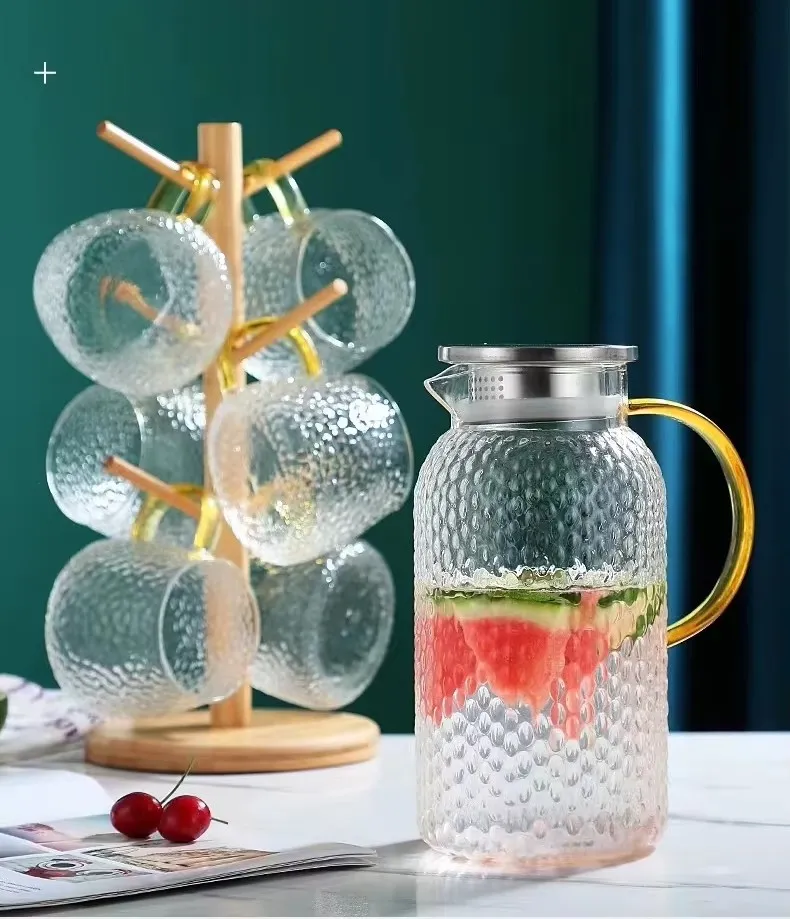
Frequently Asked Questions (FAQs) About Borosilicate Glassware
Q1: What makes borosilicate glass different from regular glass?
A1: The primary difference lies in its chemical composition. Borosilicate glassware contains boron trioxide, which gives it a much lower coefficient of thermal expansion than ordinary soda-lime glass. This makes it significantly more resistant to thermal shock, allowing it to withstand extreme temperature changes without cracking. It also offers superior chemical resistance.
Q2: Is borosilicate glass safe for use with food and beverages?
A2: Absolutely. High borosilicate glass is renowned for its inertness, meaning it does not leach chemicals into food or beverages, even when exposed to high temperatures or acidic contents. It is FDA-approved for food contact and widely used for baby bottles, cookware, and beverage container111s like the Rice Grain Pattern High Borosilicate Glass Water Pitcher, making it a very safe and healthy choice.
Q3: How durable is borosilicate glassware compared to other materials?
A3: While not unbreakable, borosilicate glassware is significantly more durable than conventional glass due to its thermal shock resistance and general strength. Its resistance to chemical corrosion also contributes to a longer service life in demanding environments. Proper handling and care, however, are still essential to prevent physical breakage.
Q4: Can borosilicate glass be used in industrial applications?
A4: Yes, extensively. Its high thermal resistance, chemical inertness, and clarity make it ideal for various industrial uses, including laboratory equipment (beakers, flasks), pharmaceutical production (container111s, reaction vessels), chemical processing (sight glasses, heat exchangers), and even in the renewable energy sector for solar thermal collectors. It provides a reliable and corrosion-resistant solution for critical processes.
Q5: What certifications should I look for when purchasing borosilicate glassware?
A5: Look for adherence to international standards such as ISO 3585 (for borosilicate glass 3.3), ASTM E438 Type I, Class A (for laboratory apparatus), and relevant food-grade certifications like FDA (for products in contact with food). These certifications confirm the material's quality, performance, and safety for its intended use, whether it's a borosilicate glass mug or industrial tubing.
Conclusion: The Future of High-Performance Glass
The continued evolution and adoption of borosilicate glassware underscore its irreplaceable role in both consumer and industrial landscapes. Its superior thermal shock resistance, chemical inertness, and durability make it a material of choice for applications where reliability and safety are paramount. From elegantly designed kitchenware like the Rice Grain Pattern High Borosilicate Glass Water Pitcher to critical components in advanced industrial systems, high borosilicate glass offers a compelling combination of performance, longevity, and environmental responsibility. As industries increasingly demand materials that can withstand harsh conditions while adhering to stringent health and safety standards, the demand for high-quality borosilicate products is set to grow. Partnering with experienced manufacturers committed to precision, innovation, and customer support ensures access to the best borosilicate solutions for any application, reaffirming its status as a vital material for the future.
References
- ASTM International. (2020). Standard Specification for Glasses in Laboratory Apparatus. ASTM E438-92(2020).
- International Organization for Standardization. (2018). Laboratory glassware — Borosilicate glass 3.3 — Properties. ISO 3585:2018.
- Schott AG. (n.d.). Properties of Borosilicate Glass. Accessed from technical datasheets and scientific publications on Schott Duran glass.
- Corning Incorporated. (n.d.). Pyrex and Borosilicate Glass. Accessed from historical and technical literature on Corning's glass innovations.
- United States Food and Drug Administration. (2023). Regulations for Food Contact Substances. Code of Federal Regulations, Title 21.
Previous
This is the first article